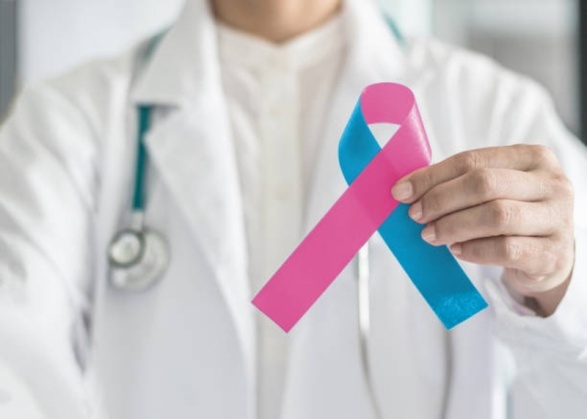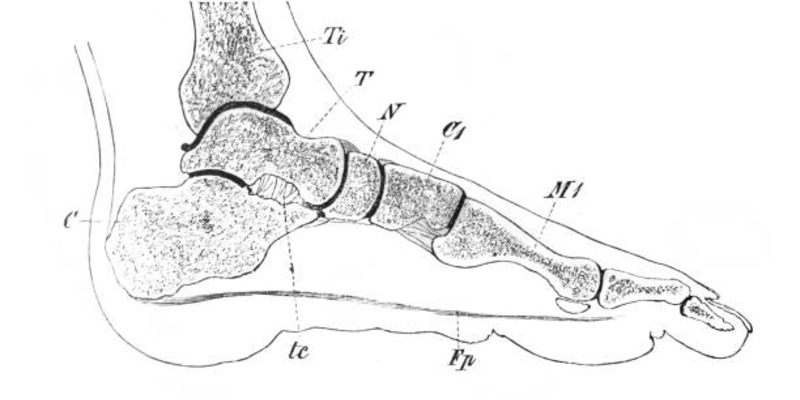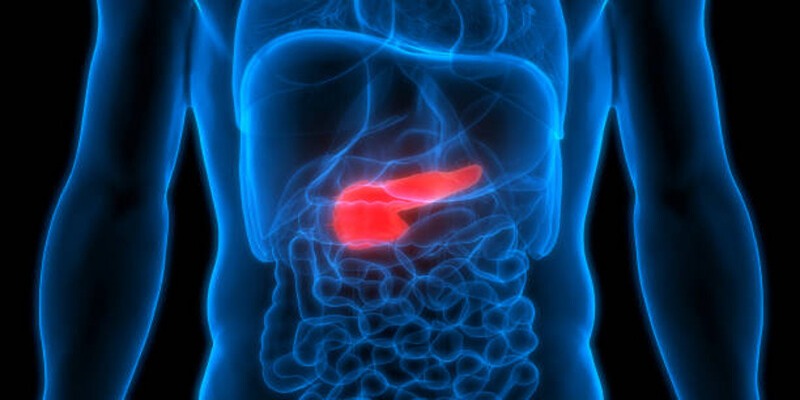All About Breast Cancer: A Detailed Overview
Feb 16, 2024 By Madison Evans
Breast cancer is one of the most common and serious health concerns for women today. It’s a reality that affects us all, whether directly or indirectly: Nearly 1 in 8 U.S. women will develop invasive breast cancer during her lifetime according to the American Cancer Society (ACS). As we become more aware of the disease, its causes, risk factors, prevention methods and treatments— it is increasingly important to exchange meaningful information and discuss our experiences in order to find better ways to fight this disease together. In this blog post I'm going to provide you with an overview of what breast cancer is as well as talk about diagnostic tests available, treatment options, side effects from treatment and tips on how survivors can manage life after diagnosis.
What is Breast Cancer?
Breast cancer is a type of cancer that starts in the cells of the breast. It occurs when cells divide and grow abnormally, forming a tumor. Breast cancer is one of the most common forms of cancer among women, with more than 200,000 cases per year in the United States alone.
Types of Breast Cancer

There are several different types of breast cancer, each with its own characteristics and treatment. The four main types of breast cancer are:
- Invasive ductal carcinoma (IDC): This is the most common form of breast cancer, accounting for 80 percent to 85 percent of all cases. It develops from cells in the milk ducts and can spread to other parts of the body.
- Invasive lobular carcinoma (ILC): This form of breast cancer develops in the milk glands and is responsible for 10 percent to 15 percent of all cases. It tends to spread more slowly than IDC, making it easier to treat in its early stages.
- Inflammatory breast cancer (IBC): This rare form of breast cancer is aggressive and often presents itself with redness, swelling, and warmth in the affected area. It affects only 1 percent to 5 percent of patients.
- Ductal carcinoma in situ (DCIS): This is a non-invasive type of breast cancer that starts in the milk ducts but does not spread to other parts of the body.
Causes and Risk Factors
The exact cause of breast cancer is unknown, but there are a number of factors that can increase an individual’s risk. These include:
- Age: Risk increases with age and most cases occur after the age of 50.
- Gender: Women are far more likely to develop breast cancer than men.
- Family history: Those with a family history of breast cancer, particularly relatives affected at an early age, are more likely to develop the disease.
- Hormones: Women who have had long-term exposure to estrogen and progesterone hormones are at higher risk of developing breast cancer.
- Smoking: Smoking increases the risk of developing certain types of breast cancer.
Symptoms
The most common symptom of breast cancer is a lump or an area of thickened tissue in the breast. While lumps are usually painless, they can sometimes be accompanied by other symptoms such as:
- Change in appearance of the breast or nipple
- Nipple discharge
- Swelling in part of the breast
- Pain in part of the breast
If you experience any of these symptoms, it’s important to see your doctor or healthcare provider for diagnosis and treatment.
Diagnostic Tests for Breast Cancer
Diagnosing breast cancer is a critical part of treatment and can involve several different tests, including:
- Mammogram: This X-ray imaging test is used to detect any abnormalities in the breast tissue that could be indicative of cancer. It is recommended for women 40 and older.
- Ultrasound: This test uses sound waves to create an image of the breast tissue and can differentiate between solid masses and fluid-filled cysts.
- MRI: Magnetic resonance imaging (MRI) is used to look for any signs of cancer in the breast, as well as other organs.
- Biopsy: A biopsy is done when other tests indicate that cancer may be present. During a biopsy, a sample of tissue is removed from the breast and examined under a microscope to determine if it is cancerous.
Treatment Options
The treatment for breast cancer depends on many factors, including the type of cancer and how far it has spread. Common treatments include:
- Surgery: Surgery is the most common treatment for breast cancer. This may involve removing the entire breast (mastectomy) or just the tumor and some of the surrounding tissue (lumpectomy).
- Radiation therapy: In this type of treatment, high-powered beams of energy are used to target and destroy cancer cells.
- Hormone therapy: Sometimes hormone therapy is used to block the effects of hormones on cancer cells.
- Chemotherapy: This type of treatment uses drugs to kill cancer cells and can be used in combination with other therapies.
Side Effects from Treatment

While treatments for breast cancer are often effective, they can also cause side effects that may affect quality of life. Common side effects include:
- Fatigue
- Hair loss
- Weight changes
- Skin and nail changes
- Pain or numbness in the breast area
- Loss of fertility
Managing Life after Diagnosis
Living with a diagnosis of breast cancer can be very difficult. Here are some tips for managing life after diagnosis:
- Take time to relax: Stress can worsen physical symptoms and emotional distress. Make sure you take time each day to relax with activities like yoga, meditation and massage.
- Seek support: It’s important to talk about your feelings with someone you trust. Support groups or counselors can also be helpful for managing stress, fear and anxiety.
- Exercise: Regular exercise can help reduce fatigue, improve mood and boost immunity. Try to stay active with activities like walking, swimming or biking.
- Eat healthy: Eating a balanced diet of fresh fruits and vegetables, lean proteins and whole grains can help you maintain your health during treatment.
Conclusion
Breast cancer is a serious disease that can have a profound impact on your life. Knowing the signs and symptoms, understanding your risk factors and being aware of available treatments are important steps in managing this condition. With early diagnosis and treatment, many women can lead full, healthy lives after a breast cancer diagnosis.
-
 Jan 21, 2024
Jan 21, 2024Comprehensive Guide to Plantar Fasciitis Treatment Options
Discover effective treatment options for plantar fasciitis, from at-home remedies to medical interventions. Understand the condition and improve your foot health.
-
 Jan 24, 2024
Jan 24, 2024Crucial Indications of Pancreatic Cancer You Should Not Ignore
This offers a comprehensive guide on pancreatic cancer, highlighting its symptoms, diagnostic processes, risk factors, prevention methods, and the importance of regular medical check-ups.
-
 Jul 31, 2024
Jul 31, 2024Best Grapeseed Oils for Healthy Hair
Discover the top grapeseed oils for shiny, healthy hair. Nourish and revitalize your locks.
-
 Aug 01, 2024
Aug 01, 2024Why Hair Fall Increases in Winter
Discover why hair fall increases in winter and learn effective prevention tips to reduce it.
